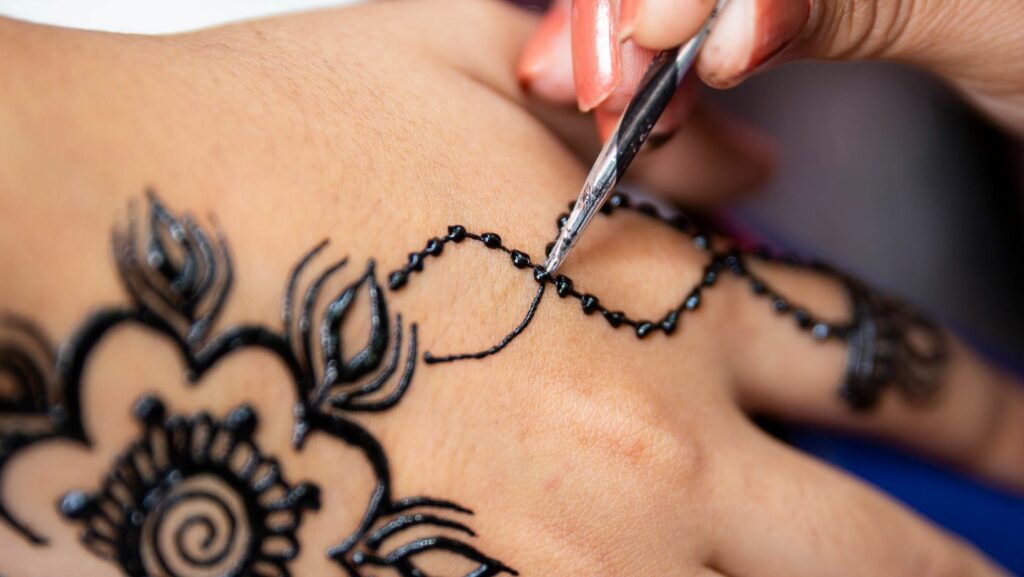Getting a new tattoo is exciting, but taking care of it properly is what ensures it looks amazing for years to come. Proper aftercare is crucial, not just in the first few days but also in the long run.
This guide will cover everything you need to know to keep your ink vibrant and healthy.
Whether you’re a tattoo newbie or a seasoned collector, these tips will help you maintain your tattoos in the best condition possible.
Pre-Tattoo Preparation
Preparing for a tattoo isn’t just about picking the perfect design. It’s also about making sure your skin is ready for the process. First, choose a reputable tattoo artist.
This might seem obvious, but the quality of the artist’s work can make a huge difference in how your tattoo looks and heals. Check out reviews, look through portfolios, and even visit the studio to see if it’s clean and professional. This is not the place to cut corners.
Next, focus on your skin. Well-moisturized skin takes ink better and heals more efficiently. In the weeks leading up to your appointment, keep your skin hydrated. Drink plenty of water and use a good moisturizer daily.
Avoid tanning, as sunburnt skin is not ideal for tattooing. Also, don’t shave the area right before your appointment; let your artist handle that to avoid any nicks or irritation.
Eating well and staying hydrated on the day of your tattoo can help too. Low blood sugar can make you feel faint during the session, so have a good meal beforehand.
Wear comfortable clothing that gives easy access to the area being tattooed. If you’re getting a back piece, for instance, a button-up shirt you can wear backward might be a good choice.
Immediate Aftercare
Once your new tattoo is done, proper immediate aftercare is vital. Your artist will cover it with a bandage or plastic wrap.
This isn’t just for show; it protects the fresh tattoo from bacteria. Leave it on for the time your artist recommends, usually a few hours to overnight.

When it’s time to remove the bandage, wash your hands first and clean the tattoo gently with lukewarm water and mild, unscented soap, don’t scrub; use your fingers to lightly remove any plasma or ink. After washing, pat the area dry with a clean, soft towel. Don’t rub, as this can irritate the skin.
After cleaning, apply a thin layer of tattoo-specific moisturizer or ointment. Your artist will likely suggest a product, and it’s best to stick with their recommendation. Avoid over-applying, as too much moisture can suffocate the skin and prolong healing.
Healing Stages and What to Expect
Understanding the healing process helps you know what’s normal and what’s not. The initial healing phase, the first three days, involves redness, swelling, and a bit of oozing. This is your body’s natural response to the trauma of tattooing. Don’t be alarmed if it looks a little messy at first.
Around days four to fourteen, your tattoo will start to peel and form scabs. This is normal but can be annoying. It’s crucial not to pick at the scabs or scratch the area. According to tattoo removal in Melbourne, picking can remove ink and cause scarring. Instead, let the scabs fall off naturally. Keep the tattoo moisturized to reduce itching and help the peeling process.
The final stage, days fifteen to thirty, might seem like the tattoo is healed, but the deeper layers of skin are still repairing. The tattoo might look dull until the skin fully regenerates. Continue to moisturize and protect the area from sun exposure during this time.
Long-Term Care for Your Tattoo
Long-term care is just as important as the initial healing. Regular moisturizing keeps the skin healthy and helps the tattoo look fresh. Use a good quality lotion that’s free of fragrances and dyes. Tattoos on areas that rub against clothing, like your wrists or ankles, might need extra attention to prevent fading.

Sun protection is crucial. UV rays can fade tattoo ink over time, making colors less vibrant. Apply a high-SPF sunscreen to your tattoo whenever it’s exposed to the sun. This is especially important for larger tattoos and those with bright colors.
Avoid harsh chemicals. Products with alcohol, such as some perfumes and sanitizers, can dry out and irritate your tattoo. Stick to gentle, skin-friendly products to keep your tattoo looking its best.
Common Tattoo Aftercare Mistakes to Avoid
Even with the best intentions, people can make mistakes in their tattoo aftercare. One common mistake is overwashing or over-moisturizing. Too much washing can strip the skin of natural oils and prolong healing. Similarly, applying too much lotion can clog pores and lead to breakouts or infections.
Ignoring signs of infection is another mistake. If you notice excessive redness, swelling, pus, or a bad smell, seek medical advice. Early treatment can prevent more serious issues. Always listen to your body and don’t hesitate to contact your tattoo artist if something feels off.
Using non-tattoo-specific products can also cause problems. Regular lotions or ointments may contain ingredients that irritate the healing skin. It’s worth investing in products designed for tattoo care to ensure the best results.

